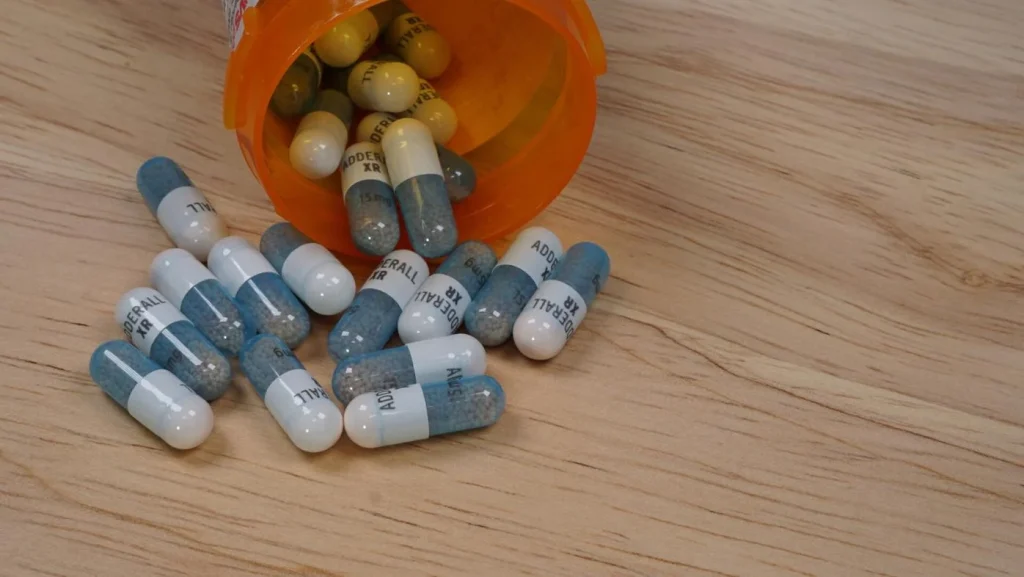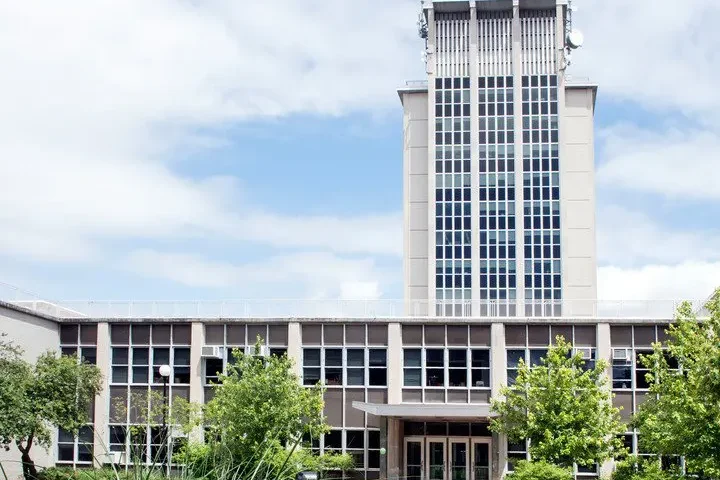In the midst of a national Adderall shortage Americans suffering from ADHD are experiencing anguish, uncertainty, and withdrawals as they continue to struggle to fill their prescriptions.
On Oct. 12th the Federal and Drug Administration officially confirmed the existence of a national Adderall shortage when they added the immediate release formulation of amphetamine mixed salts to the list of drugs on their shortage list. Amphetamine mixed salt is a key ingredient in Adderall; more specifically, D-amphetamine saccharate, D- amphetamine sulfate, D,L-amphetamine sulfate, and D,L-amphetamine aspartate.
In an official statement from the FDA the agency stated, “[The] FDA is in frequent communication with all manufacturers of amphetamine mixed salts, and one of those companies, Teva, is experiencing ongoing intermittent manufacturing delays. Other manufacturers continue to produce amphetamine mixed salts, but there is not sufficient supply to continue to meet U.S. market demand through those producers.”
Adderall, the name brand for the formulation of amphetamine mixed salts produced by Teva Pharmaceuticals, is a class of stimulant that is widely used to treat both ADHD and Narcolepsy. The current shortage is the culmination of both a surge in demand caused by an increase in the total number of prescriptions that has taken place over recent years and a lack of sufficient supply created by manufacturing delays.
Although the FDA only officially confirmed the existence of the Adderall shortage in Oct. the shortage has been going on since the summer. In a survey conducted by the National Community Pharmacy Association, it was found that 64% of pharmacies experienced difficulties obtaining Adderall.

The prescriptions of Adderall and other generic brand stimulants doubled from 2006-2016. This trend has only intensified in recent years. According to the New York Times the total number of prescriptions has risen by around 16 percent, from 35.5 million in 2019 to 41.2 million last year.
The rise in the total number of Adderall prescriptions in recent years is in part a byproduct of new Telehealth start-ups which gained popularity during the pandemic, a period during which federal regulators relaxed the rules for prescribing controlled substance which granted pharmaceuticals the ability for the prescribe stimulants online without an in-person evaluation.
Adderall and other generic prescription stimulants are regulated as a controlled substance and are classified as a Schedule II narcotic by the Drug Enforcement Administration.
Adderall’s highly regulated status as a controlled substance has made it difficult for pharmacies to adjust to the shortage by carrying new brands. Although many companies produce the prescription amphetamine, pharmacies run the risk of raising red flags with the DEA if they attempt to double their supply. This makes it difficult to quickly change suppliers.
Amid the uncertainty created by the national Adderall shortage many Americans who depend on the drug have had to resort to rationing out their medication in-order to avoid withdrawals.
Withdrawal symptoms vary from headaches, intense fatigue irritability, jitteriness, depression, and even in severe cases, suicidal thoughts. The intensity of these withdrawal symptoms are correlated to the dosage size and length of time an individual has been using the drug, with individuals who have been using adderall for years being the most affected.
Many individuals have come to rely on the drug in order to function and have been using it for so long that they don’t know how to work without it.
For these individuals, going through their daily routine continues to be a struggle and many students have had to adjust to meeting deadlines and managing their workload without Adderall. The FDA has advised individuals affected by the Adderall shortage to talk to their doctors to find the best treatment option.











